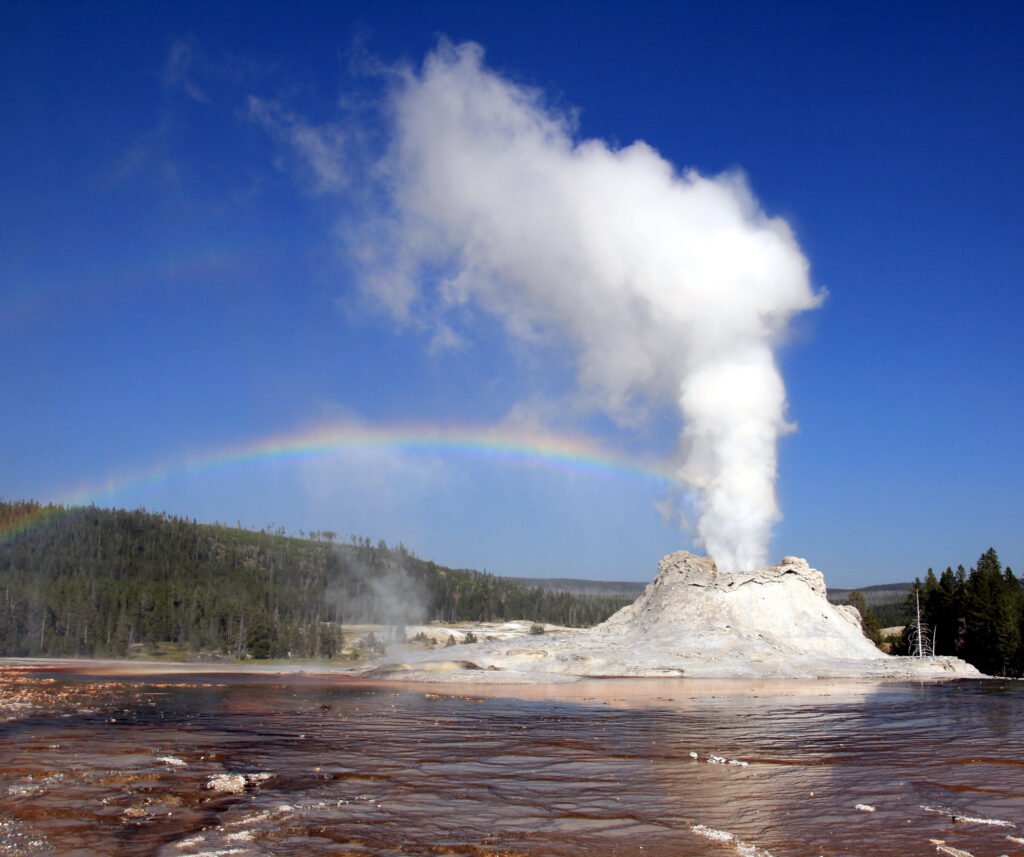Imagine waking up one morning to find the entire western United States buried under layers of volcanic ash, with ash clouds blocking out the sun and global temperatures plummeting for years. This isn’t a Hollywood disaster movie – it’s the terrifying reality that scientists warn could happen if one of America’s sleeping giants decides to wake up. The western United States is home to some of the world’s most powerful supervolcanoes, and while they’ve been quiet for thousands of years, the question isn’t if they’ll erupt again, but when.
What Makes a Supervolcano So Different

Supervolcanoes aren’t your typical mountain-shaped volcanoes spewing lava. They’re volcanic centers that have erupted with a magnitude 8 on the Volcano Explosivity Index, meaning they’ve ejected more than 1,000 cubic kilometers of material. To put this in perspective, that’s enough volcanic matter to bury an entire state under several feet of ash and rock. These geological monsters don’t build towering peaks like Mount Fuji.
Instead, they create massive depressions called calderas when their underground magma chambers collapse after catastrophic eruptions. The Yellowstone Caldera, for example, spans approximately 53 by 28 miles in diameter but its walls only rise about 1,600 feet. What lies beneath these seemingly peaceful landscapes is far more dangerous than any cone-shaped volcano could ever be.
Yellowstone: America’s Most Famous Sleeping Giant

Yellowstone’s most recent supereruption occurred about 640,000 years ago, producing the Lava Creek Tuff and creating the present Yellowstone Caldera. This wasn’t just any ordinary volcanic event – it was a world-changing catastrophe that reshaped the entire region. The eruption was so massive that it ejected material equivalent to roughly 1,000 times what Mount St. Helens produced in 1980.
Scientists have been closely watching Yellowstone’s underground activity, and recent research has provided both reassuring and concerning news. New research has found less concentrated magma than previously thought beneath Yellowstone, suggesting the supervolcano likely won’t experience an eruption within the same timeframe scientists once believed. However, the chances of this sort of eruption at Yellowstone are exceedingly small in the next few thousands of years, but that doesn’t mean we can completely ignore the threat.
The Catastrophic Impact of a Yellowstone Eruption
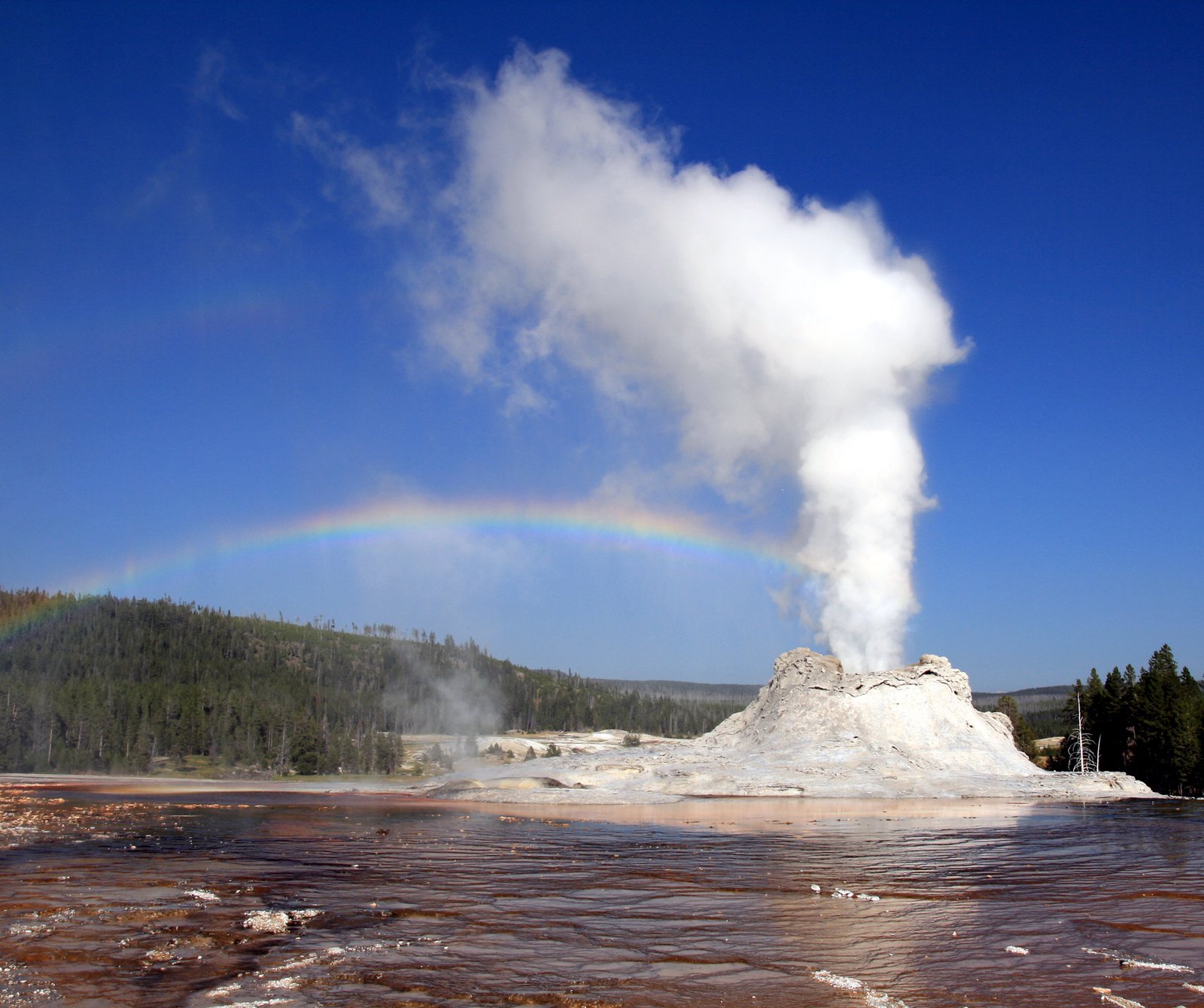
When the Yellowstone Caldera erupts again, its effects would be worldwide, with the closest states to Yellowstone, including Montana, Idaho and Wyoming, being affected by destructive pyroclastic flows. These flows are deadly mixtures of lava blocks, pumice, ash and volcanic gas that can travel at incredible speeds, destroying everything in their path.
Much of the rest of the country could be blanketed in falling volcanic ash – in some places, it could be more than three feet deep. But the devastation wouldn’t stop at America’s borders. Globally, the volcano could impact the global climate by emitting ash and gas into the stratosphere, which could block sunlight and lower global temperatures for a few years. The eruption would be expected to kill as many as 90,000 people immediately and spread a 10-foot layer of molten ash as far as 1,000 miles from the park.
Long Valley: California’s Hidden Supervolcano Threat

While Yellowstone grabs most of the headlines, California’s Long Valley Caldera poses an equally significant threat that flies under most people’s radar. Long Valley was formed 760,000 years ago when a very large eruption released hot ash that later cooled to form the Bishop tuff that is common to the area. Ash from this eruption blanketed much of the western part of what is now the United States.
Recent scientific studies have revealed some fascinating insights about Long Valley’s current state. New high-resolution images of the Long Valley Caldera indicate that the subsurface environment is cooling off, releasing gas and fluids that contribute to seismic activity. This cooling process might actually be good news for the region’s long-term safety. The declining volcanic activity and increasingly crystalline lava extruded over the last 650,000 years suggest that the magma reservoir under the caldera has now largely crystallized and is unlikely to produce large-scale eruptions in the future.
Current Activity and Warning Signs at Long Valley

Since the 1980s, researchers have observed significant periods of unrest in Long Valley Caldera, characterized by swarms of earthquakes as well as the ground inflating and rising by almost half an inch per year during these periods. These warning signs are exactly what you’d expect to see before a major volcanic eruption.
However, scientists emphasize that volcanic unrest doesn’t automatically mean an eruption is imminent. Recent studies indicate that only about one in six such episodes of unrest at large calderas worldwide actually culminates in an eruption. In the absence of unrest, the odds of an eruption occurring in any given year along the chain are one in a few hundred, comparable to the odds for a great earthquake along the San Andreas fault in coastal California.
Mount St. Helens: The Most Likely to Erupt Again
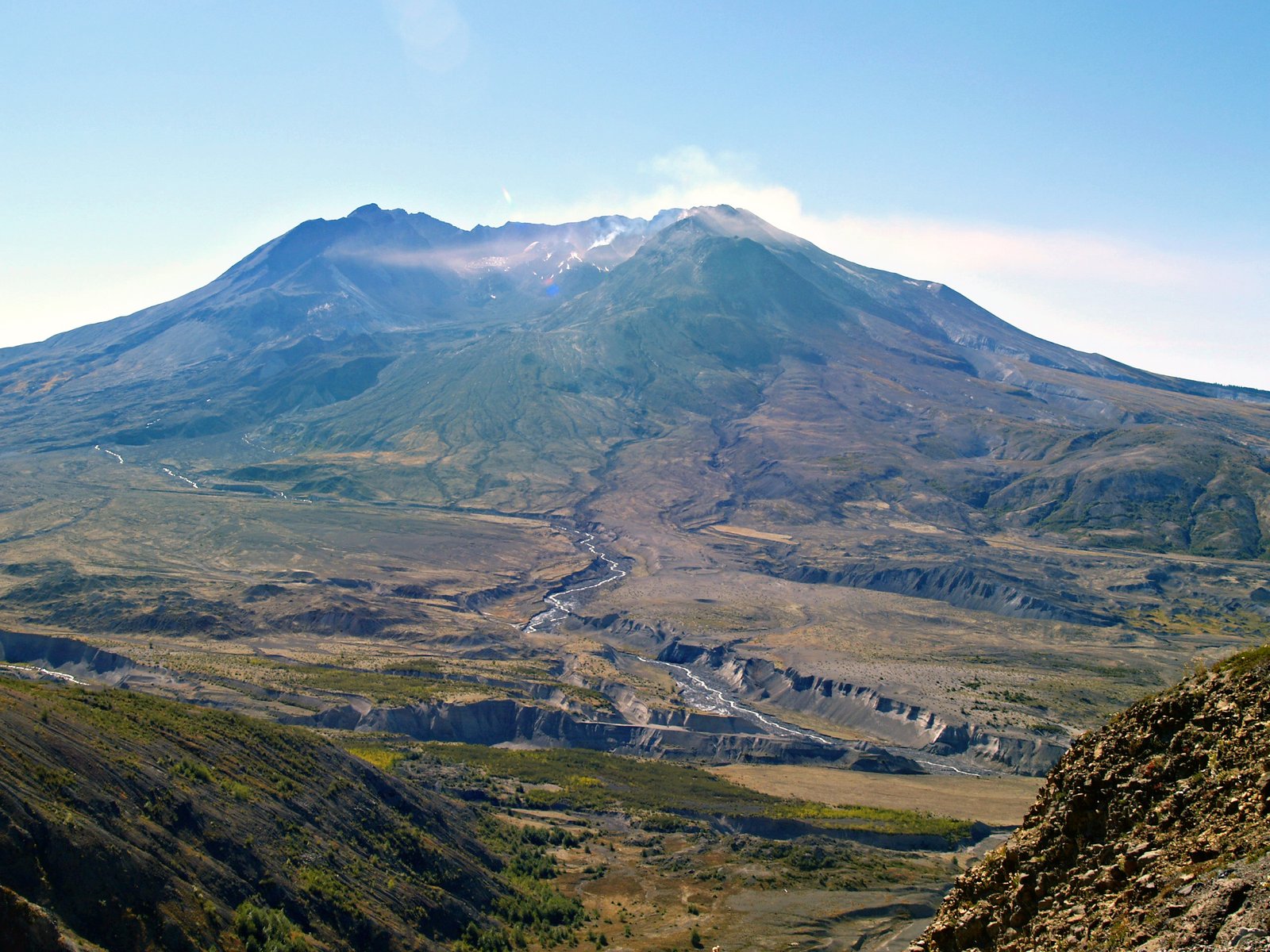
Mount St. Helens, located in Washington State, is the most active volcano in the Cascade Range, and it is the most likely of the contiguous U.S. volcanoes to erupt in the future. Unlike the supervolcanoes, Mount St. Helens is a more traditional stratovolcano, but its frequent activity makes it a constant concern for scientists and residents alike.
Scientists know that Mount St. Helens is the volcano in the Cascades most likely to erupt again in our lifetimes, and it is likely that the types, frequencies, and magnitudes of past activity will be repeated in the future. The 1980 eruption remains fresh in many people’s memories, but scientists warn that future eruptions could be even more devastating. Future eruptions of Mount St. Helens will likely be even larger than the 1980 eruption, and a large lahar flow is likely on branches of the Toutle River, possibly causing destruction in inhabited areas along the I-5 corridor.
Recent Seismic Activity Raises Concerns
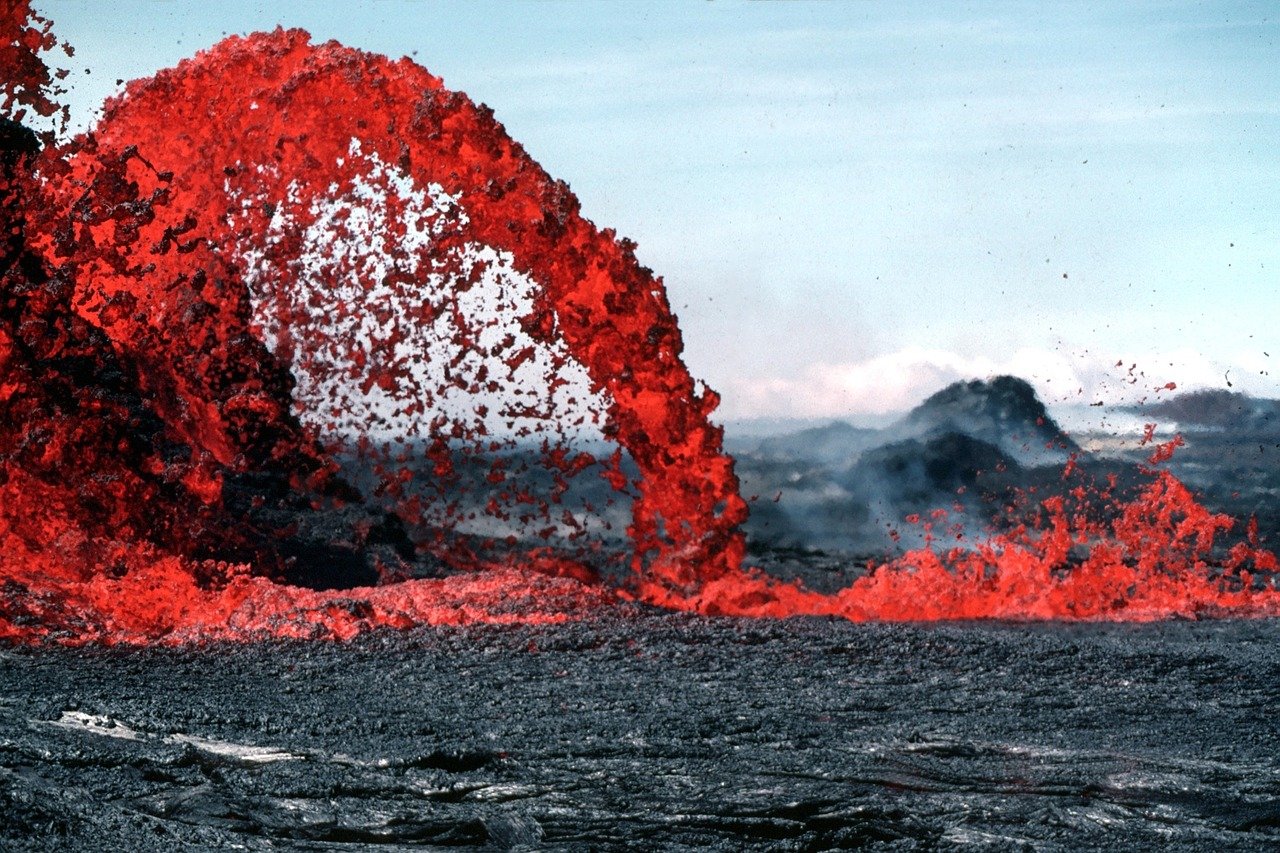
Since February 1, 2024, approximately 350 earthquakes have been located at Mount St. Helens by the Pacific Northwest Seismic Network, with over 95% of the earthquakes being less than magnitude 1.0 and too small to be felt at the surface. While this might sound alarming, scientists consider this normal background activity for the volcano.
Short-term increases in earthquake rates are common at Mount St. Helens and are considered part of background seismicity, with these periods representing the largest short-term increase in earthquake rates since the last eruption ended in 2008. More concerning is the activity at nearby Mount Adams. Mount Adams usually gets one small earthquake every couple years, but between September 2024 and January 2025, there were 12 recorded earthquakes with the largest being a 2.0 magnitude.
The Global Context: Why Supervolcanoes Matter
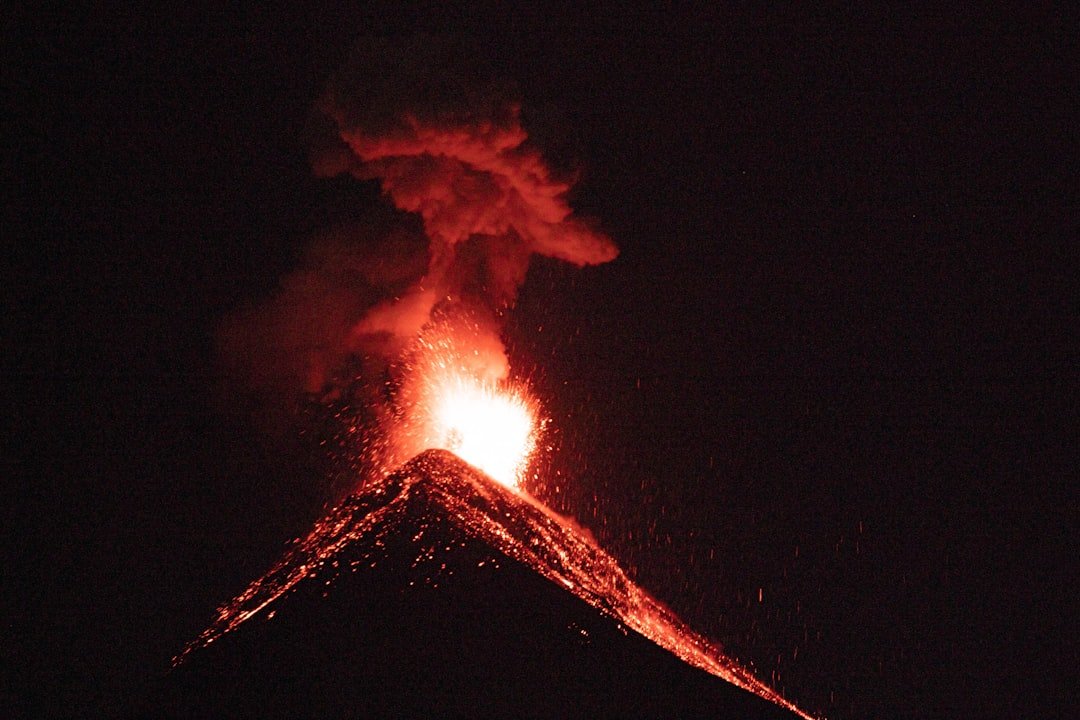
Of the 47 known eruptions on Earth thought to have a VEI of 8 or above, Yellowstone is among them, classified as a supervolcano capable of producing an eruption that ejects mass more than 1,000 cubic kilometers, which is thousands of times larger than most volcanic eruptions throughout history. There are actually three known supervolcanoes in the United States: Long Valley Caldera in eastern California and Valles Caldera in northern New Mexico are the other two, and both are still active.
The threat isn’t limited to the immediate blast zone. Ash clouds would block sunlight, triggering a “volcanic winter,” crops would fail leading to food shortages, and the cooling effect could last for years, disrupting weather patterns and ecosystems. Historical evidence shows just how devastating these events can be. The Toba eruption offers a glimpse of these effects, with studies of ice cores and sediment suggesting it caused a significant global temperature drop, potentially reducing human populations to as few as 10,000 individuals.
Climate Change and Volcanic Risk
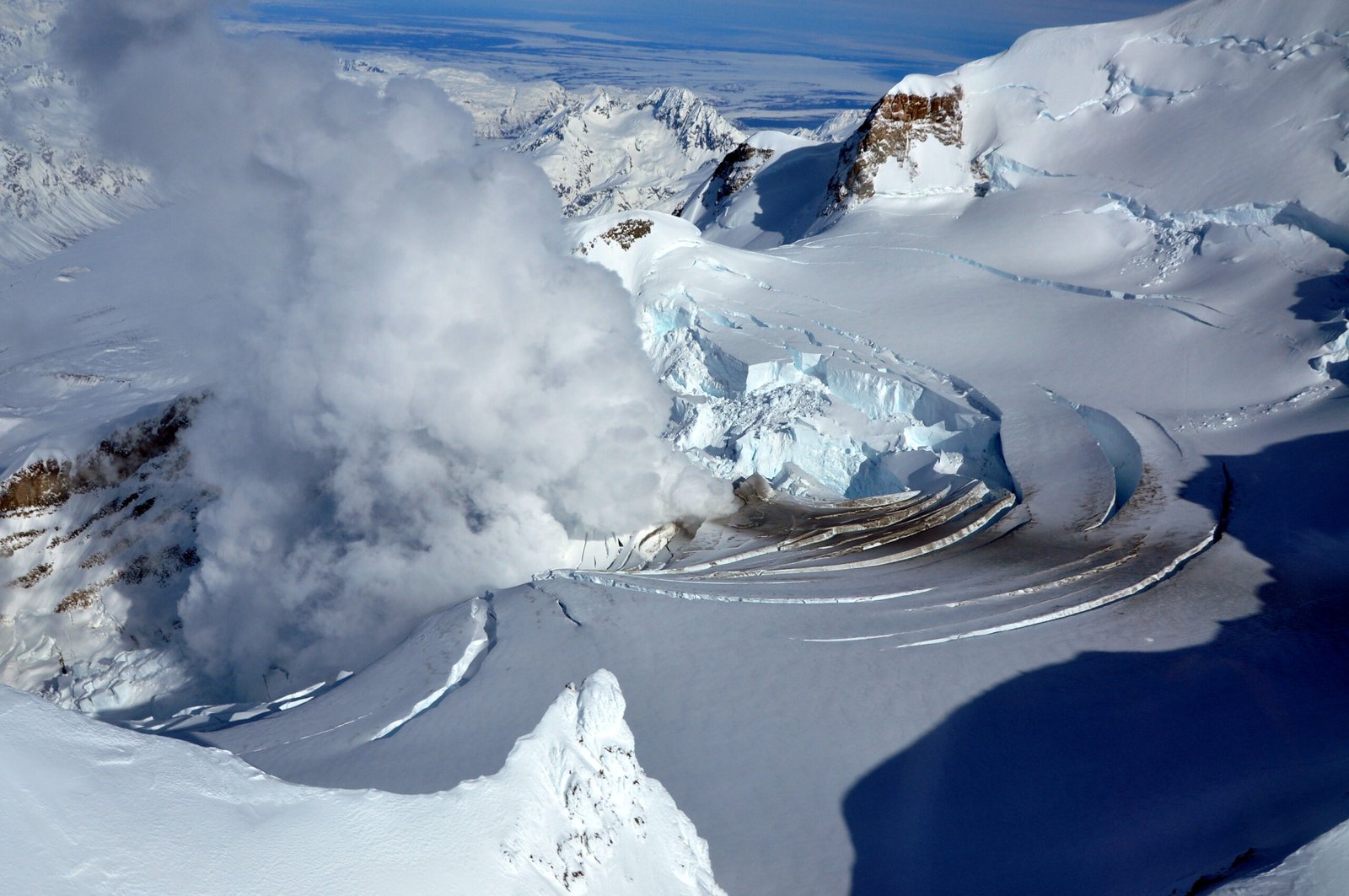
Climate change may be increasing the risk of volcanic eruptions because the tremendous weight of glaciers and ice sheets can tamp down volcanoes, and when the ice retreats, the downward pressure on the planet’s thin outer crust and much thicker underlying mantle eases, allowing the ground to rebound and causing volcanoes to produce more magma. This connection between climate change and volcanic activity adds another layer of complexity to the already challenging task of predicting eruptions.
The relationship between ice and volcanic activity isn’t just theoretical – it’s based on solid scientific evidence from around the world. As global temperatures continue to rise and ice coverage decreases, we might see increased volcanic activity in regions that have been dormant for centuries or millennia.
Innovative Solutions: Cooling Down Supervolcanoes
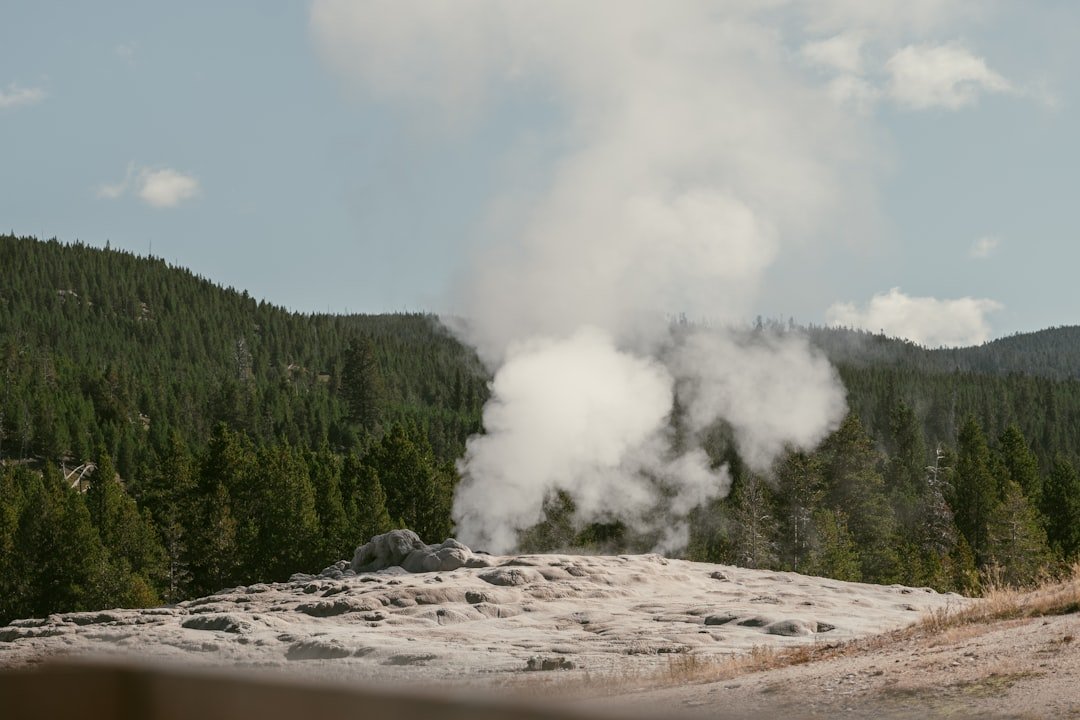
One of the most discussed approaches is reducing the heat in a supervolcano’s magma chamber, with researchers from NASA’s Jet Propulsion Laboratory proposing a plan to use water to cool the magma and lower the risk of eruption by drilling deep into the supervolcano’s crust and injecting water. This ambitious concept involves creating a geothermal system where water circulates through the magma chamber, absorbs heat, and returns to the surface as steam.
This geothermal system could slowly cool the magma chamber over tens of thousands of years, potentially delaying or even preventing an eruption, while also allowing us to harness geothermal power as a byproduct. However, this approach is not without its risks, as any intervention in such a complex system could potentially trigger the very eruption it’s trying to prevent.
Conclusion: Living with Geological Giants
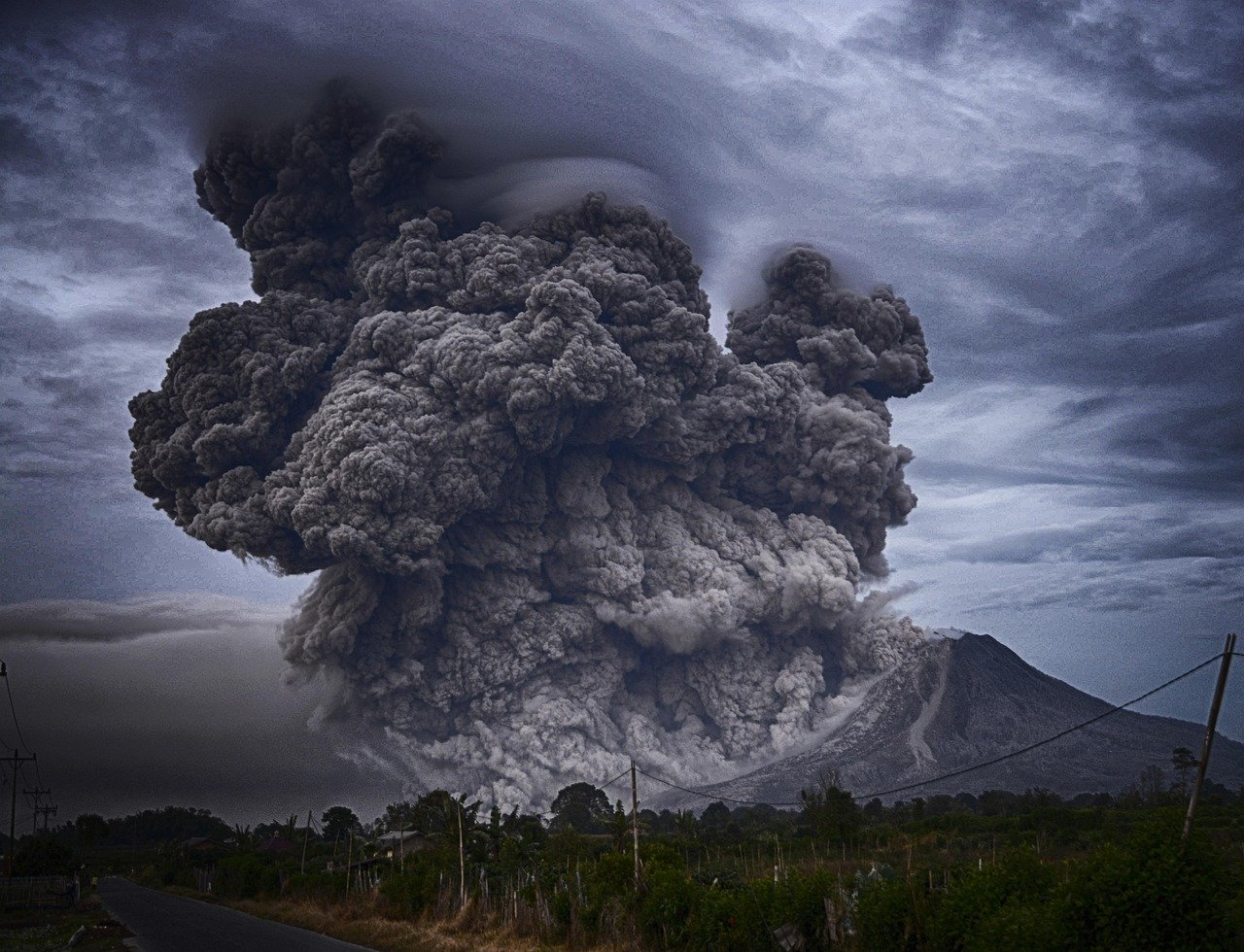
The western United States sits atop some of the most powerful volcanic systems on Earth, and the question of whether they’ll erupt again isn’t a matter of if, but when. While the odds of a catastrophic supervolcano eruption in our lifetime remain relatively low, the potential consequences are so severe that continued monitoring and preparedness are essential. From Yellowstone’s slowly evolving magma chamber to Long Valley’s cooling system and Mount St. Helens’ regular reminders of volcanic power, these geological giants continue to shape our understanding of the planet’s dynamic forces.
The good news is that modern monitoring technology gives us unprecedented insight into these systems, and scientists are working tirelessly to understand their behavior. Whether through innovative cooling solutions or simply better prediction methods, humanity is better prepared than ever to face these natural threats. The key is maintaining vigilance without panic, respecting the power of these geological forces while continuing to live and thrive in their shadows.
What fascinates you more – the sheer destructive power these volcanoes possess, or humanity’s ingenious attempts to tame them?

